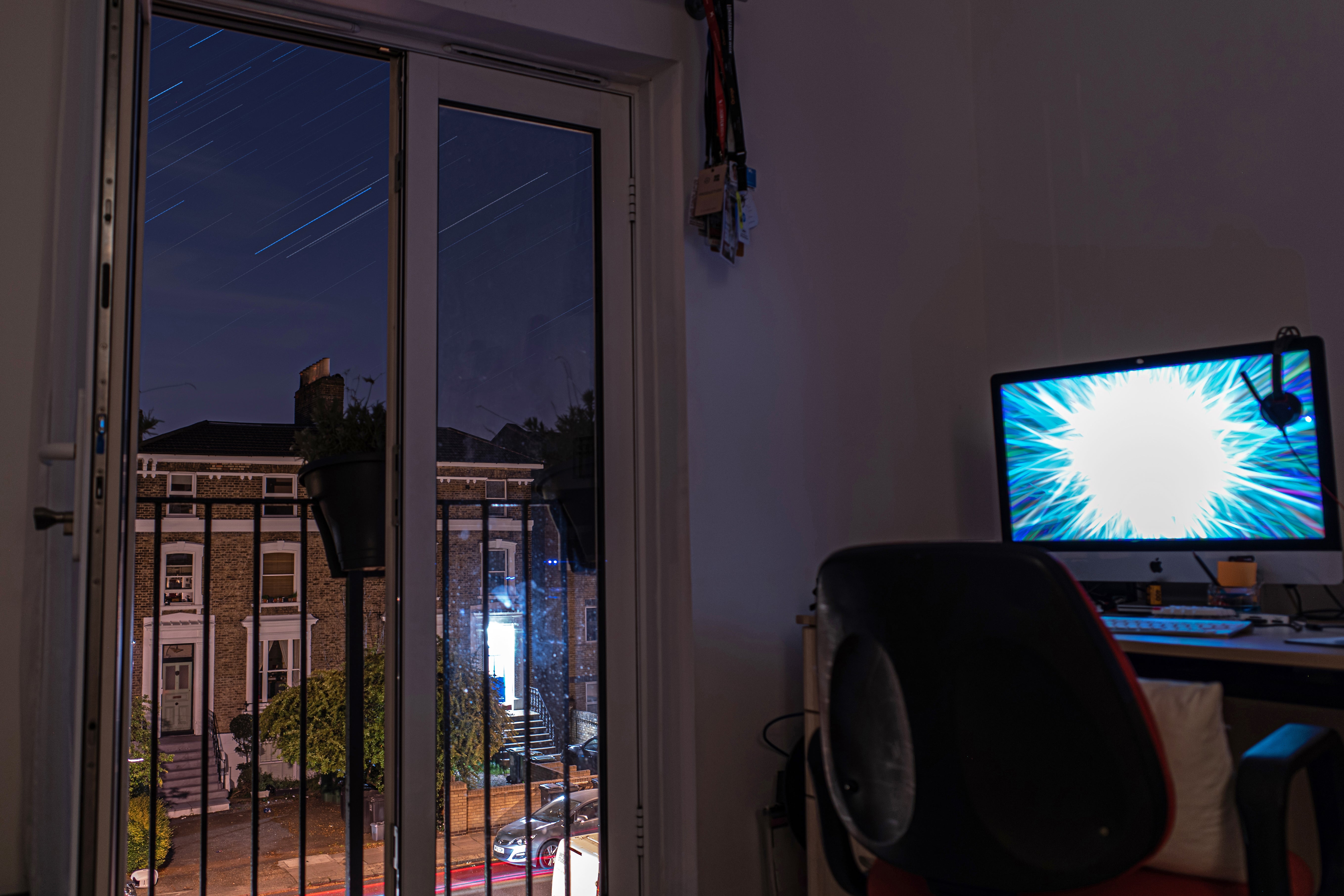Lyrid meteor shower live: Shooting stars to light up night sky
On a rooftop, in a field, or on a screen, here’s how and when to watch the peak of the Lyrid meteor shower Thursday night into Friday morning

The Lyrid meteor shower peaks Thursday night into Friday morning, and sky-gazers can catch the show in person or in an online feed.
An annular meteor shower observed since antiquity, the Lyrids are known for producing as many as 10 to 20 shooting stars at their peak, which is estimated to be 22 April this year, though at least some Lyrids will be seen through 30 April.
The Lyrids will appear to radiate from a point, known as the “radiant,” in the Northeastern sky near the constellation Lyra, with viewing best between midnight and dawn local time. The website timeanddate.com offers a tool showing how and when to find the radiant in the night sky.
However, a waxing gibbous Moon rising near midnight in many locales could impede viewing for some hoping to catch the show, and those intent on catching shooting stars may wish to consult the International Dark-Sky Association’s tool for finding sites with little light pollution. A dark sky site won’t help with moonlight, but will at least reduce human-made glare.
And for those that can’t make it to a dark sky site, can’t stay up so late, or face other obstacles, such as foul weather, the International Dark-Sky Association is also offering a live stream of the Lyrid meteor shower as seen from a location in China on the association’s Youtube channel.
The Lyrids result from Earth passing through the trail of dust left by the comet Comet C/1861 G1 Thatcher, which was discovered back in 1861 during its most recent close approach to the Sun. Comet C/1861 G1 Thatcher takes around 415 years to make one orbit.
But humans have been watching the shooting stars caused by the comet for much longer, with records of the Lyrid meteor shower dating back 2,700 years, according to Nasa.
If you can’t watch the Lyrids in person or online, you may get another chance during other upcoming meteor showers.
In the Southern hemisphere, particularly around the tropics, the eta Aquariids meteor shower will peak around 4 or 5 May.
The alpha Capricornids shower, meanwhile, will be visible to both north and south, with a peak of 30 to 31 July.
Join our commenting forum
Join thought-provoking conversations, follow other Independent readers and see their replies
Comments
Bookmark popover
Removed from bookmarks